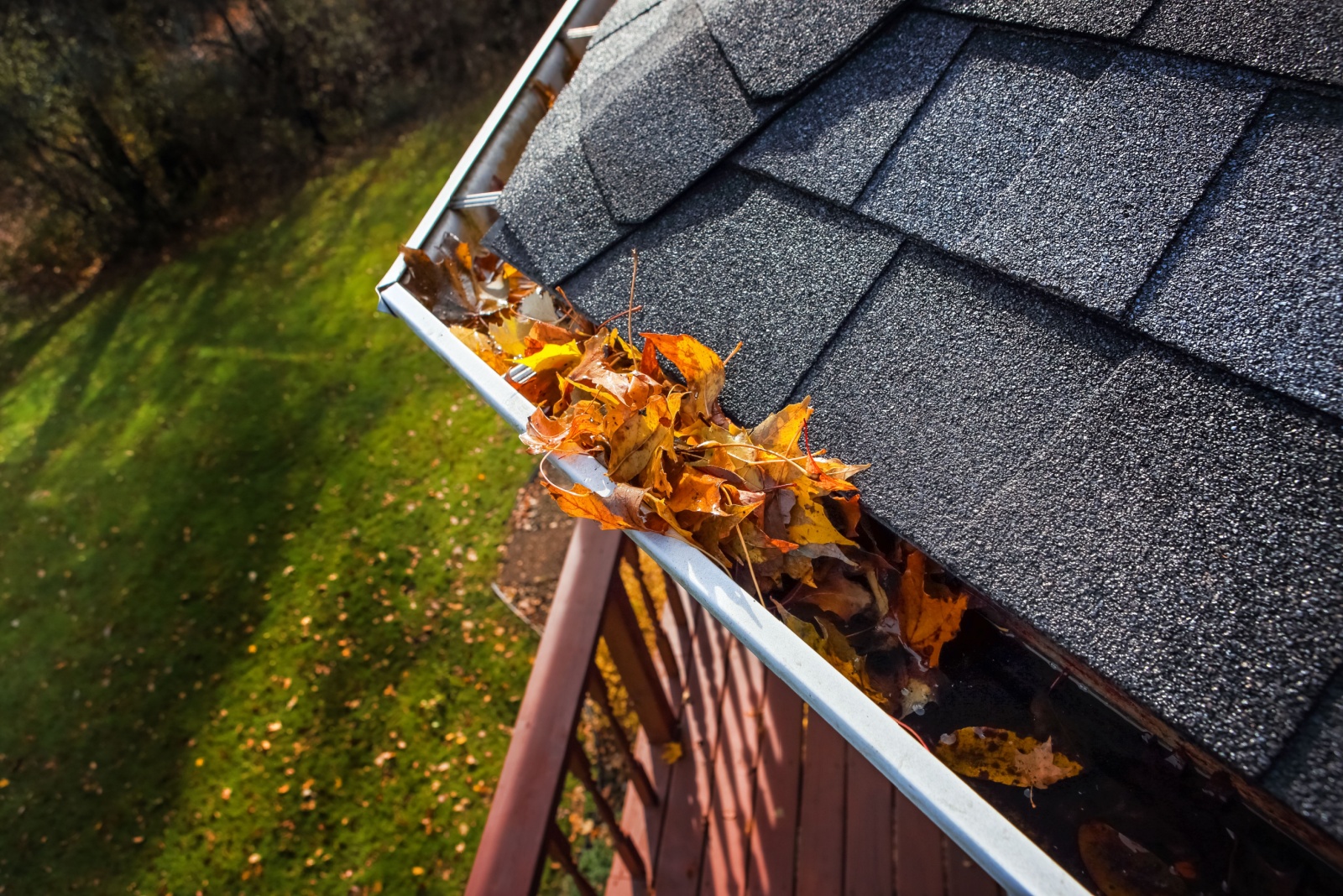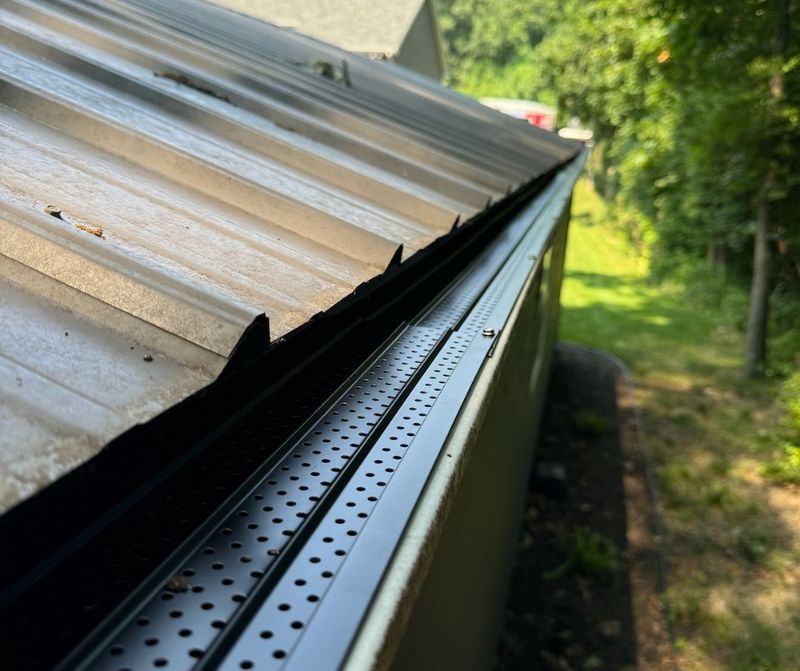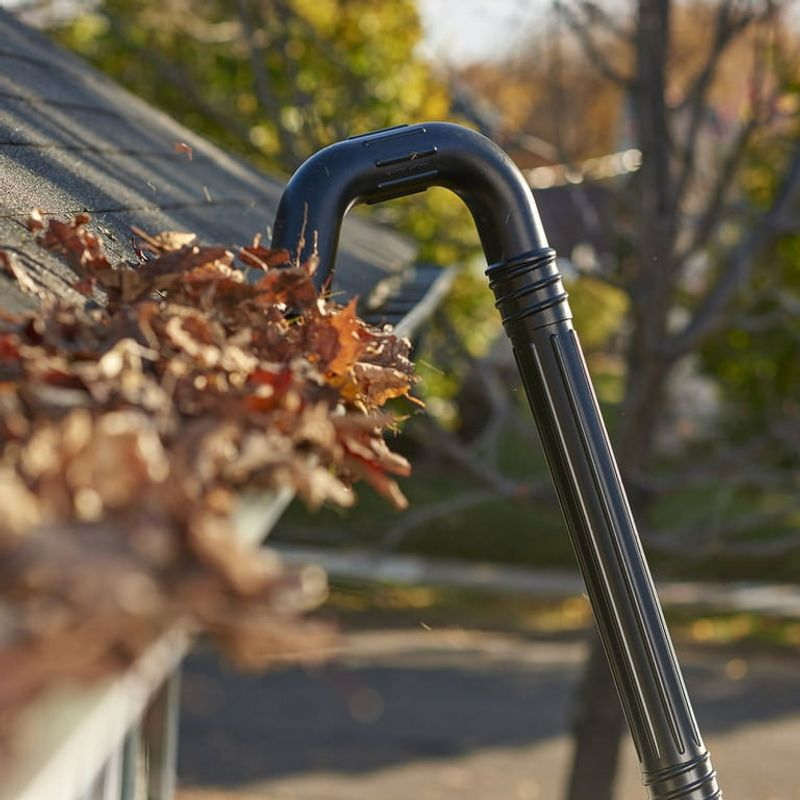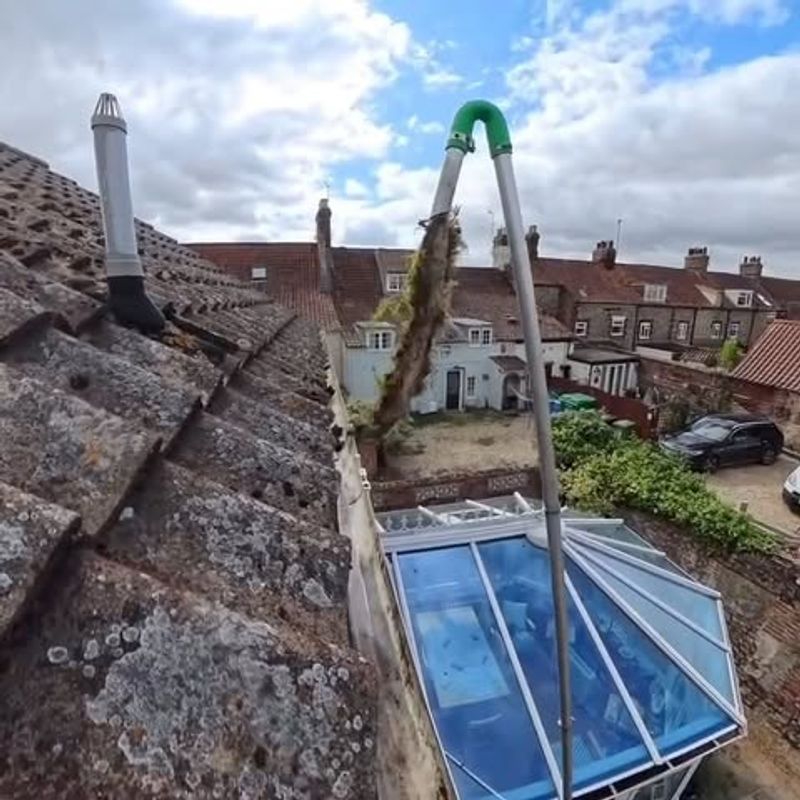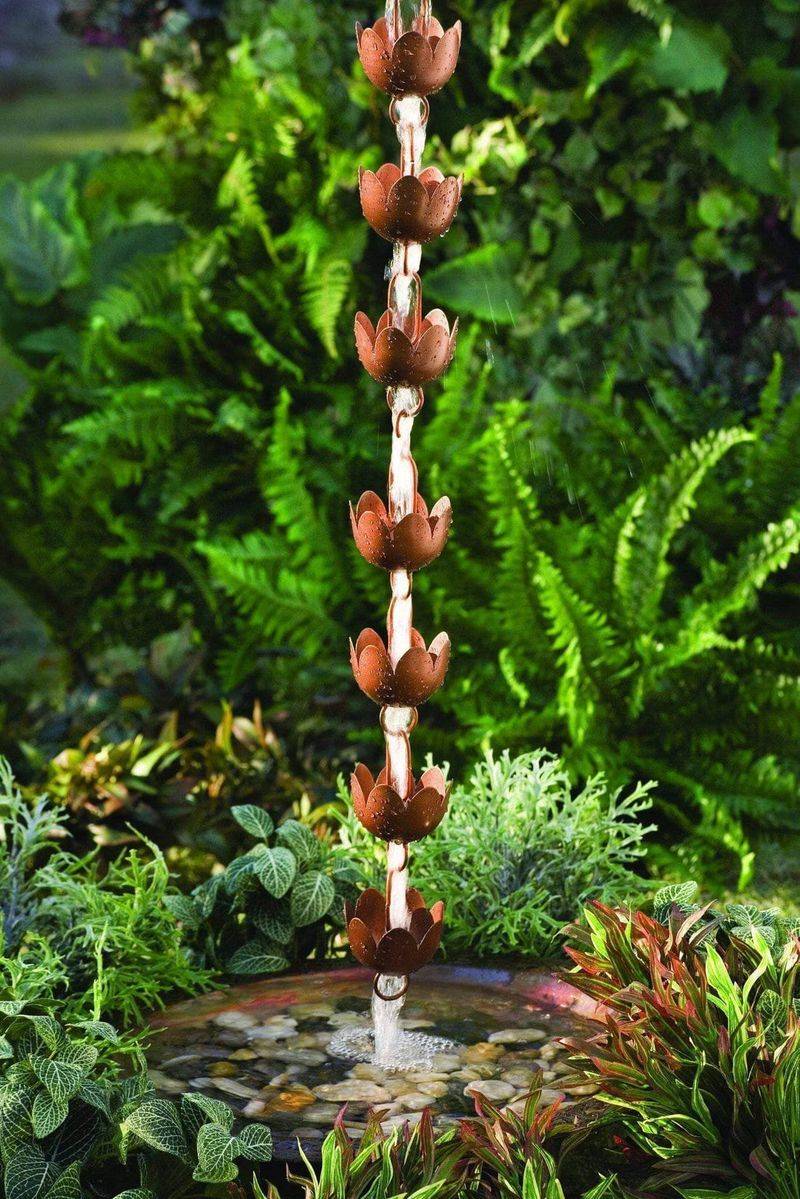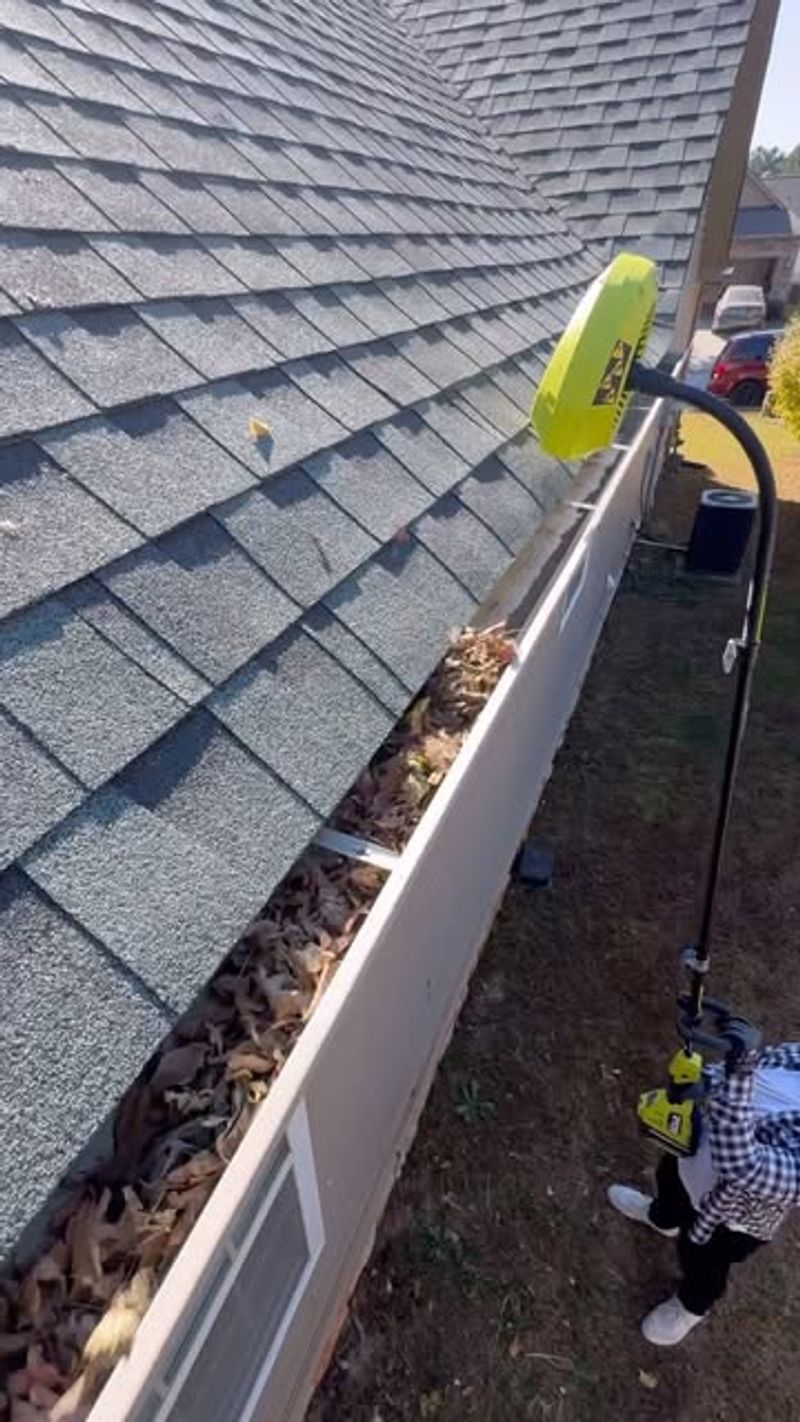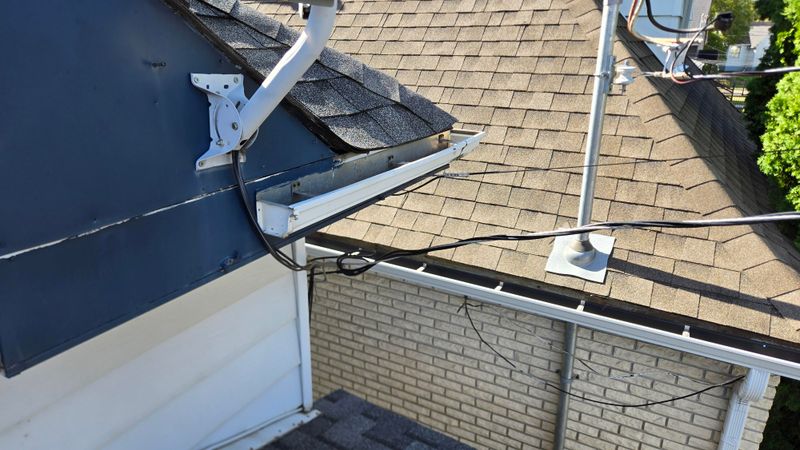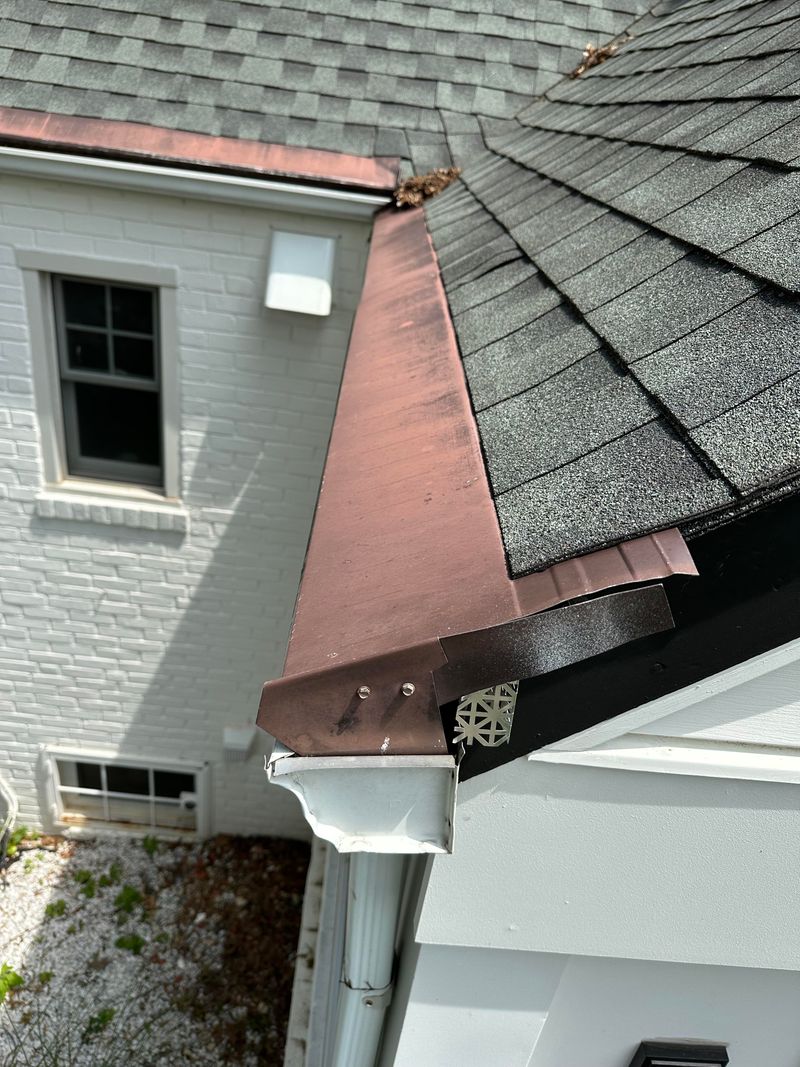Oregon’s frequent rainfall and abundant trees create the perfect storm for clogged gutters. Pine needles, maple leaves, and moss build up quickly in our damp climate, causing potential damage to homes when water can’t drain properly.
For many homeowners, the thought of climbing ladders multiple times a year is both dangerous and exhausting. Slippery conditions make this task even riskier during our rainy months when gutters need the most attention.
I’ve spent years finding safer alternatives to ladder climbing for my own home’s gutter maintenance. These methods not only keep your feet firmly on the ground but also work especially well for Oregon’s unique weather patterns and vegetation.
1. Gutter Guards Designed For Oregon’s Heavy Debris
The micro-mesh systems available today handle our region’s notorious pine needles and small debris better than old-style guards. My neighbor installed these last fall, and even through winter storms, water flowed perfectly while keeping out the debris.
Look for guards with a steep angle to shed debris naturally with rainwater. The initial investment pays off quickly when you consider the time and risk saved from climbing ladders.
Most quality guards come with professional installation, eliminating your need to ever climb up there in the first place. They’re particularly effective against the Douglas fir needles that plague many Oregon properties.
2. Telescoping Gutter Cleaning Tools
Extendable wands with curved ends let me clear my gutters while standing safely on solid ground. They connect to a garden hose, blasting water through gutters to dislodge the soggy leaf piles common in our wet climate.
The best models reach second-story gutters without strain. I found mine at a local hardware store in Portland, though online retailers offer plenty of options with Oregon’s tall homes in mind.
Pair these tools with a gutter scoop attachment for removing heavier debris before flushing. The combination works wonders during fall when bigleaf maples drop their massive leaves throughout western Oregon.
3. Gutter Vacuum Systems
Specialized wet/dry vacuums with gutter attachments tackle Oregon’s unique combination of soggy leaves and evergreen needles. The curved attachments navigate corners while powerful suction pulls up even waterlogged debris.
Rental options exist at equipment centers throughout the Willamette Valley. For my modest ranch home, a four-hour rental proved sufficient to clear everything thoroughly.
Some models include cameras that connect to your phone, letting you see inside gutters as you work. This feature helps identify problem areas where Oregon’s persistent moss might be taking hold in shaded sections of your gutters.
4. Rain Chains As Decorative Alternatives
Rain chains replace traditional downspouts with decorative links that guide water to the ground or collection barrels. They’ve transformed the drainage around my garden beds while eliminating several problematic downspouts that constantly clogged with Oregon’s debris.
Copper options develop a beautiful patina in our wet climate. The gentle water flow creates a pleasant ambient sound during our long rainy seasons, turning a maintenance hassle into a garden feature.
Installation requires minimal effort – simply remove the downspout and hang the chain. Position rain barrels underneath to capture water for garden use during our dry summers, creating a practical Oregon-friendly water management system.
5. Rotary Gutter Cleaning Systems
Garden hose attachments with spinning heads create powerful jets that blast away debris without climbing. The rotating water pressure works particularly well on the compacted debris that builds up during Oregon’s long wet periods.
These affordable tools connect to standard garden hoses and extension poles. I’ve found them especially effective for clearing downspouts clogged with the small seeds from Oregon’s abundant maples and alders.
The gentle spray pattern won’t damage gutters or roofing. Water pressure alone does the work, making this method ideal for older homes with vintage gutters that might be damaged by more aggressive cleaning approaches.
6. Professional Gutter Cleaning Services
Local companies specialize in Oregon’s unique gutter challenges, using vacuum systems and specialized equipment. Many offer quarterly service plans tailored to our seasonal debris patterns – heavier in fall and spring.
The crews arrive with their own equipment designed for ground-based cleaning. After trying various DIY methods, I eventually subscribed to a service for my heavily treed property in Eugene, finding the cost reasonable compared to purchasing specialized equipment.
Look for companies that include before-and-after photos of your gutters. This documentation helps track problem areas where Oregon’s evergreens might be depositing excessive needles or where moss growth indicates drainage issues.
7. Strategic Landscaping To Reduce Gutter Debris
Trimming tree branches that hang over rooflines dramatically reduces debris accumulation. I worked with an arborist to identify which limbs could be safely removed without harming my property’s beautiful Oregon white oaks.
Consider replacing problem trees near your home with lower-growing native Oregon shrubs. Many nurseries throughout the state specialize in native plants that produce minimal debris while supporting local wildlife.
Creating a mulched perimeter around your home’s foundation can reduce splash-back that sends soil and debris into lower gutters. This approach works especially well for Oregon’s clay soils that tend to splash significantly during heavy downpours.

